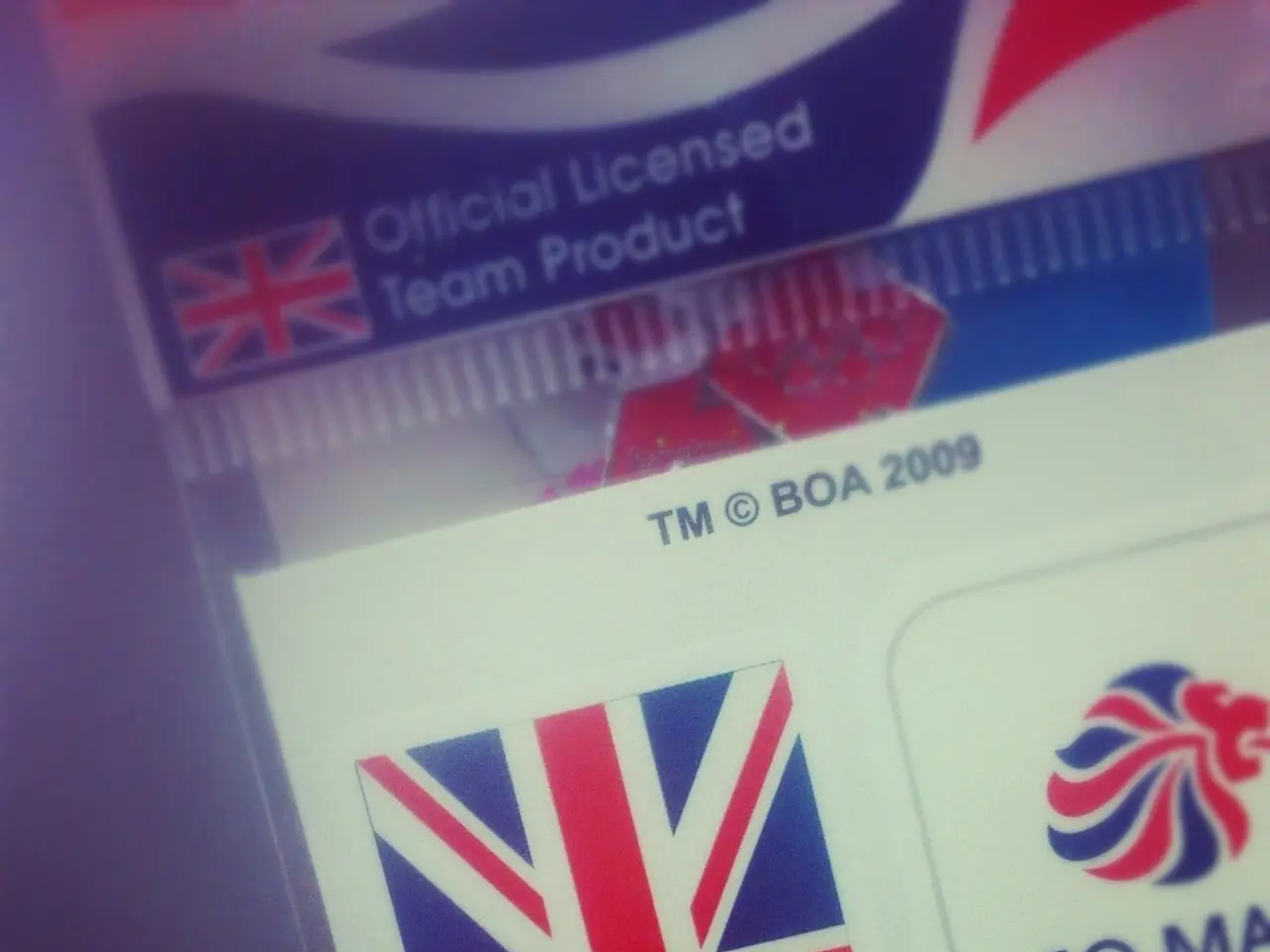Conversation with Robert Hamblet, head as Founder, CEO, and President, at TEAL
In a recent interview, Robert Hamblet, the Founder, CEO, and President of TEAL, shared his insights on the evolving eSIM market. Here's a summary of key trends and developments in the industry, as discussed by Hamblet:
## Connectivity as a Service (CaaS)
The eSIM industry is shifting towards subscription-based and cloud-managed connectivity models, known as **Connectivity as a Service (CaaS)**. OEMs and enterprises are seeking seamless, scalable connectivity without the complexity of multiple carrier agreements. This trend is driving eSIM providers to offer more dynamic, software-driven connectivity management services, enabling enterprises to switch carriers or plans remotely, optimise costs, and improve global device management.
## SGP.22 Specification
SGP.22 is a GSMA standard that defines the eSIM profile download and management architecture for consumer and IoT devices. The broader implementation of SGP.22-compliant solutions is critical for enabling remote provisioning and lifecycle management of eSIMs at scale, especially for global deployments where devices may need connectivity in multiple regions.
## OEM Needs and Challenges
OEMs require eSIM solutions that offer flexibility for global device deployment, including support for multiple carriers and easy switching. Simplified integration processes are another priority, with OEMs preferring modular, API-driven connectivity management platforms to reduce development time and costs. Security and compliance, ensuring secure handling of eSIM profiles and adherence to GSMA standards like SGP.22, are high priorities to maintain device integrity and user trust. Lastly, OEMs increasingly want end-to-end lifecycle management tools for eSIMs, covering activation, profile updates, carrier switching, and deactivation, to manage devices remotely and efficiently.
TEAL, a US-based eSIM platform certified by the GSMA, offers a cloud-native, Credentialing-as-a-Service platform. This platform addresses interoperability issues between eSIM platforms and is valued by customers due to performance, reliability, and pricing considerations. TEAL's technology is well positioned to embrace the new market realities of SGP.22, making it an attractive choice for OEMs seeking a flexible, secure, and easy-to-integrate eSIM solution.
With collaborators like G+D and Thales in the eSIM market, rather than competitors, TEAL is poised to make significant contributions to the industry's evolution. Direct relationships with CaaS providers are increasingly valued by customers, and TEAL's focus on eSIM first, connectivity second, aligns with this trend.
In summary, the eSIM market is evolving rapidly, with a strong push towards CaaS models, wider adoption of SGP.22 standards, and expanding OEM requirements for flexible, secure, and easy-to-integrate eSIM solutions. This reflects the broader industry move towards software-driven, scalable, and carrier-agnostic connectivity management, enabling next-generation IoT and consumer devices to operate seamlessly worldwide.
Gadgets, such as smartphones, are expected to benefit greatly from the eSIM industry's shift towards Connectivity as a Service (CaaS), which offers seamless, scalable connectivity without the complexity of multiple carrier agreements. OEMs are increasingly prioritizing eSIM solutions that offer flexibility for global device deployment, including support for multiple carriers and easy switching, like the one provided by TEAL's technology.




